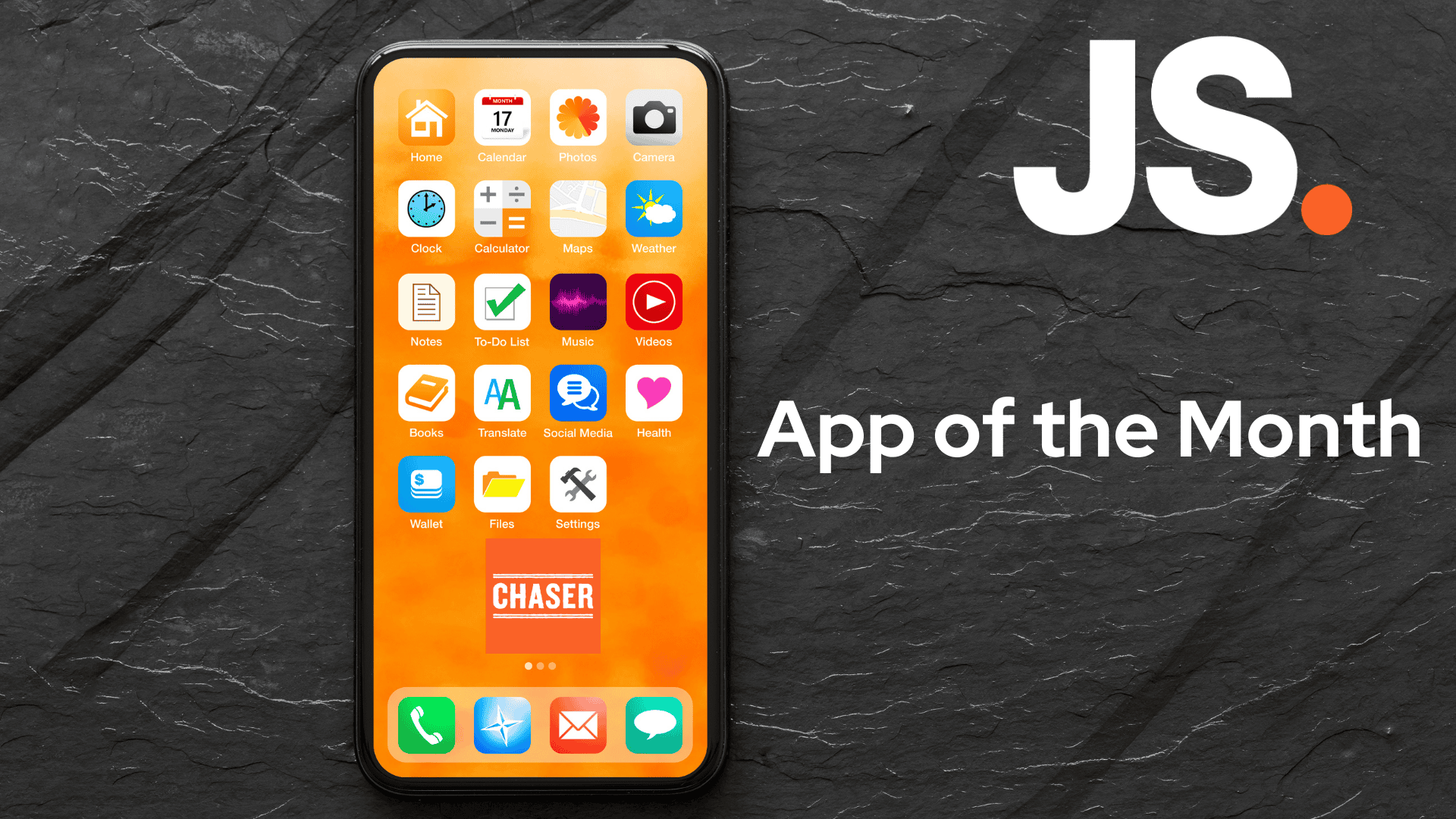
Digital Tools for Managing Employees
10 Nov, 20208Managing employees is by no means an easy feat, yet it is a very important part of running a...

Managing employees is by no means an easy feat, yet it is a very important part of running a business. A personal hands-on approach will always be needed, especially when dealing with sensitive matters, but there are other areas that take up a significant amount of time. This guide is intended to provide further insight into how cloud technology can help streamline those time-consuming areas and give you more time to invest in the well-being of your employees.
Pain points
Let's start by looking at the typical pain points that may occur when managing employees:
- Quite often a significant amount of time can be spent chasing - from chasing employees for expense claims or timesheets to chasing managers for approvals and important documents.
- Expense receipts can easily be misplaced meaning VAT claims may be missed, and where employees use company cards, the spend can easily spiral out of control.
- In larger businesses, there is quite often no centralised log of employee absences.
- Complicated Excel calculations may be needed to compute employee leave entitlements, sick pay, or hourly-based pay.
- Appraisal processes can differ department by department and often, whilst this information is stored on individual files, there is no quick overview of the whole business or team.
- Wages journals are manually entered into accounting software, which can be time-consuming and prone to error.
Recommendations
Most of these pain points can be overcome with cloud technology, and here are a few ideas of what can be achieved in each of the key areas:
Payroll Processing
Using payroll software that integrates with your accounting function is a great place to start, even more so when the accounting and payroll software is cloud-based. As well as having the standard functionality you need to run your payroll, you will benefit from:
- Mobile App
Mobile apps give your employees the power to apply for leave, submit timesheets and view payslips anywhere and at any time. Having an easy way for employees to submit requests and information speeds up the process and reduces the need for chasing. That said, if you still need to chase, then some tools can send automatic reminders.
- Easy leave and timesheet management
Annual leave and timesheet data is automatically reflected in payroll calculations, avoiding the need for complex Excel spreadsheets.
- Easy, flexible pay runs
Staff can be paid in a variety of frequencies or rates which, once set-up, are automatically reflected in the payroll calculations. Don't worry though, if you need to make changes you can easily make them before you finalise the payroll.
- Collaborate on payroll
Most cloud-based packages allow you to invite your accountant, bookkeeper, or team into the payroll, so you have access to instant support as and when you need it.
HR
HR tools can integrate with your payroll software or can stand alone and, amongst other things, help you with:
- Employee on-boarding including sending job offers and collating welcome packs, which are automatically stored - once an employee is set-up, documents are created and sent with ease.
- Performance management, with end-to-end appraisal processes and performance reviews, which are consistent across the business.
- Tracking training and qualifications which, when done from one central place, avoids the need for separate logs and Excel lists - you are also able to allocate training to suit individual needs.
- Quick and easy personnel reports, which will give you instant access to absence reports, employee performance overviews, and much more.
Employee Expenses
Using an expense management tool, either available in your accounting software or by third-party app, can really help you stay on top of your spending. Most tools work as follows:
- Mobile App
Employees capture receipts on the spot with a mobile app, which reduces the possibility of receipts getting lost in transit and also eliminates the need to keep hard copies.
- Data Capture
Key information is extracted from the receipts and creates the claim. Some tools take it a step further with GPS to track mileage and compute the claim using HMRC's approved mileage rates, which are kept up to date.
- Notifications
Push notifications keep employees up to date on the status of the claim and let the approver know of a claim awaiting approval.
- Monitoring
Expense patterns are monitored by account and employee and, as it is in real-time, you can make fast, informed decisions.
Credit Cards
Some businesses offer company credit cards to employees, so they can easily buy the things they need. Digital tools can help control this expenditure and automate the process as much as possible, from bookkeeping to buying.
These tools work much the same as expense management tools with the added benefits of:
- Allowing you to set pre-defined limits per employee or transaction type.
- Prepaid cards which help you to manage your finances.
- Automatic alerts when items are purchased by the card or cards.
- Bank feeds to import all the transactions directly into your accounting software and auto-match them as part of the bank reconciliation process.
Selecting the right tool
It is clear that a lot of possibilities exist in this area, which can make selecting the right tool a daunting prospect. It is certainly not something that should be done lightly.
In making your assessment we recommend taking the following steps:
- Establish your pain points - what is causing you headaches, and what are your bugbears?
- Set out your business goals - do you have plans to grow?
- Review your current data flow - this also helps establish areas of improvement.
- Obtain recommendations.
It's all too easy to try to go it alone, but we do recommend that you seek support when choosing the right tool.
Many accountants, like us, have experience in this field (the App field as we call it) and have a wide network of expertise to call upon as and when needed.
As part of our App Advisory service we will:
- Undertake your initial scope with you (points 1 - 4 above).
- Evaluate the tools that best fit your requirements and provide our recommendation.
- Implement your chosen tool.
- Provide training to your team.
- Provide ongoing support.
Please also see our sector guides on managing purchase invoices and expenses, which will undoubtedly be of interest.


